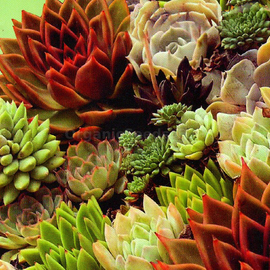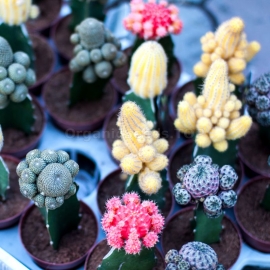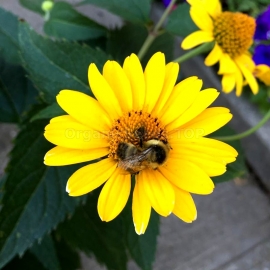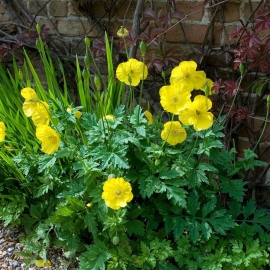
«Hippie chicks» - Organic Sempervivum seeds
3.00 €
These succulents are a hybrid type that produces a huge variety of small 5 to 6 cm succulents in various colors from green to red and purple.
-
Succulent sempervivum (commonly known as houseleeks) «Hippie chicks»
These succulents are a hybrid type that produces a huge variety of small 5 to 6 cm succulents in various colors from green to red and purple. Succulents require some additional steps to successfully germinate.
They are best grown in pots in a potting mix of half coarse sand or vermiculite and half peat. They are slow to germinate and grow slowly once they are grown, so patience is required if you want to grow them. Once they have sprouted and are about 0.5cm tall, you can remove the plastic wrap.
When they are about 1-1.5cm tall and after the last frost in the spring, you can transplant them into your garden or into individual pots as they make excellent potted plants. They will spread and create a unique dense ground cover in the garden.
With this product buy
Product code: 1376
3.90 €
Create a tropical look in your garden with this easy to grow evergreen shrub. Has large, hand-shaped, glossy leaves and amazing branching heads of milky-white flowers in autumn (persisting well into winter in mild regions), followed by shiny black fruits.
Product code: 2023
1.14 €
A very nice mix of 100+ seeds composed of many different species of cacti and Succulents. You will get 100 seeds or more. You can sow the seeds using your own method.
Product code: 12704
1.14 €
Perennial plant with straight, branched, up to 120 cm tall, noticeably lignified stems, baskets 6-7 cm in diameter, reed flowers are golden yellow, tubular - yellow, flowering long, plentiful, until frost. Well worth the cut.
Product code: 15030
1.14 €
This rare ornamental plant is also called the Welsh Poppy, a perennial herb 40 cm high with bright large yellow flowers and patterned carved gray-green leaves, blooms for a very long time from June to September.




